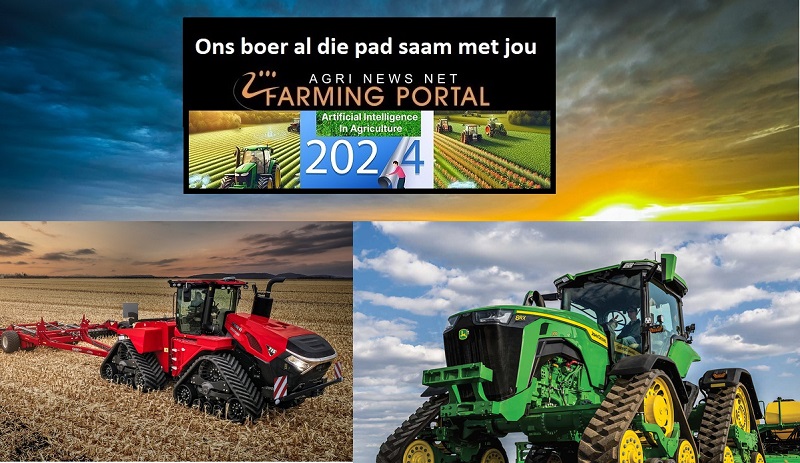Jesse Hirsh, a digital strategist now living on a small farm outside the nation’s capital, believes the agriculture sector comparatively faces some of the most significant barriers to digital modernisation. However, it also offers some of the greatest opportunities.
“Digital barn”
Rural denizens, he says, should think of computer infrastructure as a “digital barn.” Whether self-contained or connected to wider networks through the internet, the concept can help farmers think about ways to organise and secure information, and get creative when implementing digital tools. The concept could be applied to any digital tool, from communicative monitoring equipment and small robots to community data pools.
Good internet access
A perpetual problem in rural areas is good internet access. While both public and private rural broadband investments have increased sharply in recent years (not least because of the pandemic), widespread changes are still some time away. And even then, it’s unlikely every farm will have the desired level of connectivity. That means farmers might have to do the work themselves.
“It is essential to not wait for companies to set you up, but figure out how you and your neighbours can set yourself up,” says Hirsh, listing farmer organisations such as Guifi in rural Spain as examples.
Farmer-owned, localised wireless broadband companies
Running fibre-optic cable might not be feasible given huge installation costs and the potentially vast distances that need to be covered, but Hirsh says there is equipment reasonably available to do this on a local level.
Indeed, farmer-owned, localised wireless broadband companies (e.g. MPVwifi in Southwestern Ontario) are already a reality, and there’s no reason a similar approach can’t be taken by more businesses on even smaller scales.
Edge cloud computing
Alternatively, farmers might also consider edge cloud computing – that is, digital storage in the barn, house, or field which is separate from the proverbial cloud. Himself an adopter, Hirsh says edge cloud systems allows farmers to use their tech without being cut off or slowed down by terrible internet connectivity.
Don’t forget monitoring basics
As systems delivering real-time feedback are used more widely, more traditional surveillance tools can still prove useful. Something as simple as an in-barn camera linked to the office, or a grain-bin moisture probe can go a long way in preventing disastrous events, while simultaneously saving time since in-person visits might be less frequently required.
And if surveillance tools can collect data over time, they can be used to predict when problems might happen rather than when they do happen (e.g. when a fan is going to burn out). Hirsh says he is encouraged to see more and more companies developing tools of this description, and at affordable levels.
Drones
Drones are another go-to surveillance tool. A decent drone doesn’t cost an arm and a leg, and it can be augmented with an enormous array of analytical tools. The data gathered by that drone, whatever it may be, could then potentially be used by other on-farm tools. “You’re literally just flying around. It’s portable surveillance,” says Hirsh.
Retrofit solutions
Hirsh also believes farmers need to continue looking for retrofit solutions (rather than trapping themselves in or outside a cycle of new, data-enabled large equipment). However, he cautions solutions must be capable of and calibrated to collect good data. No solution is perfect, so a little effort and troubleshooting will be required.
When equipment gets too big, it might also pay to go small. As more companies develop affordable swarm style robots, Hirsh says, farmers have more low-cost and adaptable options at their disposal. Those which can learn and teach one another bring an even better bang for their cost.
“It’s a little bit of checks and balances, where the robots check each others’ work,” says Hirsh, noting robots will make mistakes when learning. “That’s where the farmer needs that digital perspective so they can have that quality assurance, and measure the robot is performing the way they expect.”
Working with neighbours and community partners
Working in concert with neighbours and other community partners should not be undervalued either. Doing so can, for example, help refine data systems to more quickly account for challenges in your specific area – a rising tide lifts all boats sort of thing.
As big of a bogeyman as it might seem, social media platforms like Twitter and Twitch are themselves extremely powerful tools which could be more proactively utilised. Indeed, farmers have traditionally preferred learning directly from one another, and just because there’s a screen dividing them doesn’t mean the same thing can’t happen.
“The idea of using technology is one of literacy,” says Hirsh. “You use the tool rather than having the tool use you.”
















